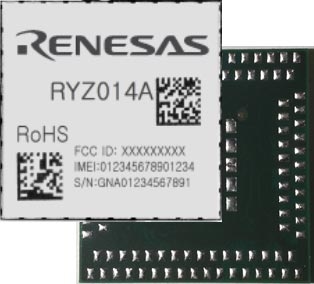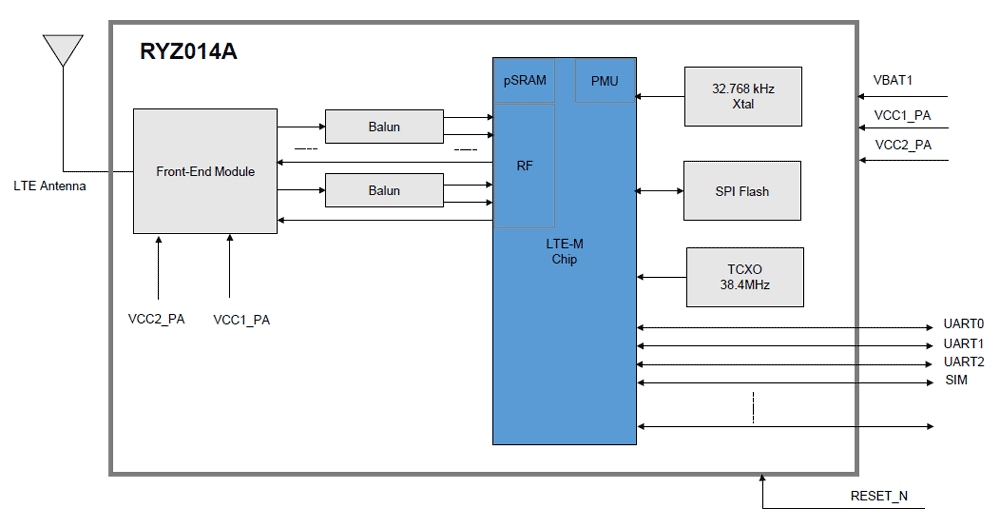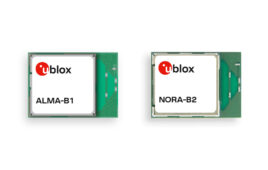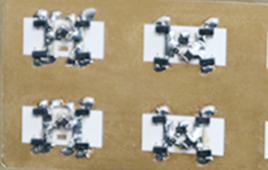The RYZ014A module lets IoT device designers add 4G LTE Cat-M1 connectivity for low-speed data devices.
 The deployment of 5G and the anticipated demise of 3G has opened the market for cellular IoT device connectivity. With 3G’s expected sunset, cellular modules in the field will need to be replaced with 4G or 5G connectivity. 5G’s higher speed and higher cost simply isn’t necessary for many low-data-rate devices such as meters. Thus, LTE Cat-M1 compliance is often all you need.
The deployment of 5G and the anticipated demise of 3G has opened the market for cellular IoT device connectivity. With 3G’s expected sunset, cellular modules in the field will need to be replaced with 4G or 5G connectivity. 5G’s higher speed and higher cost simply isn’t necessary for many low-data-rate devices such as meters. Thus, LTE Cat-M1 compliance is often all you need.
Many engineers lack the expertise and time to design in cellular connectivity using modem ICs. Cellular modules relieve engineers of that burden by combining a modem and RF support circuits. Sensing this shift toward modules, Renesas has entered the LTE Cat-M1 module arena with the RYZ014A LTE Cat-M1 module. LTE Cat-M1 supports data rates up to 100 kb/sec, as specified in 3GPP Release 13. It supports LTE frequency bands 1, 2, 3, 4, 5, 8, 12, 13, 14, 17, 18, 19, 20, 25, 26, 28, 66, and 85.
Based on the Monarch platform from Sequans Communications, the RYZ014A combines the modem with an RF front end, TCXO, flash memory, and baluns. The RF front end includes power amplifiers for transmitting and RF detectors for receiving. You need to add a SIM card, antenna, power, and UART connectivity (up to 921,600 baud) to the host processor.
 The module features a sleep mode that reduces power consumption during periods when it need not send or receive data from the network. Sleep mode also disables the module’s digital I/O pins. A software configurable wake-up pin can be set to wake the module when it detects a logic 0 or logic 1 for five periods of the TCXO 32 kHz clock (156.25 µsec).
The module features a sleep mode that reduces power consumption during periods when it need not send or receive data from the network. Sleep mode also disables the module’s digital I/O pins. A software configurable wake-up pin can be set to wake the module when it detects a logic 0 or logic 1 for five periods of the TCXO 32 kHz clock (156.25 µsec).




Tell Us What You Think!